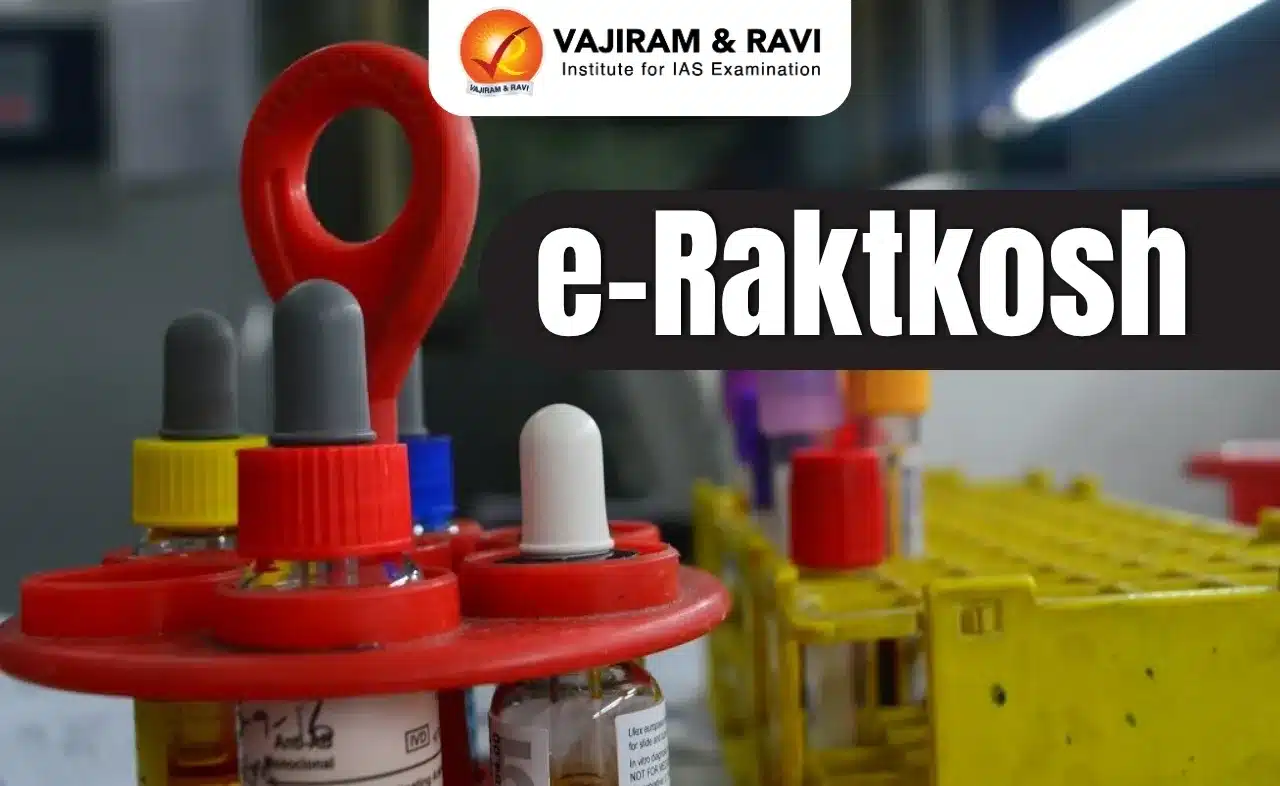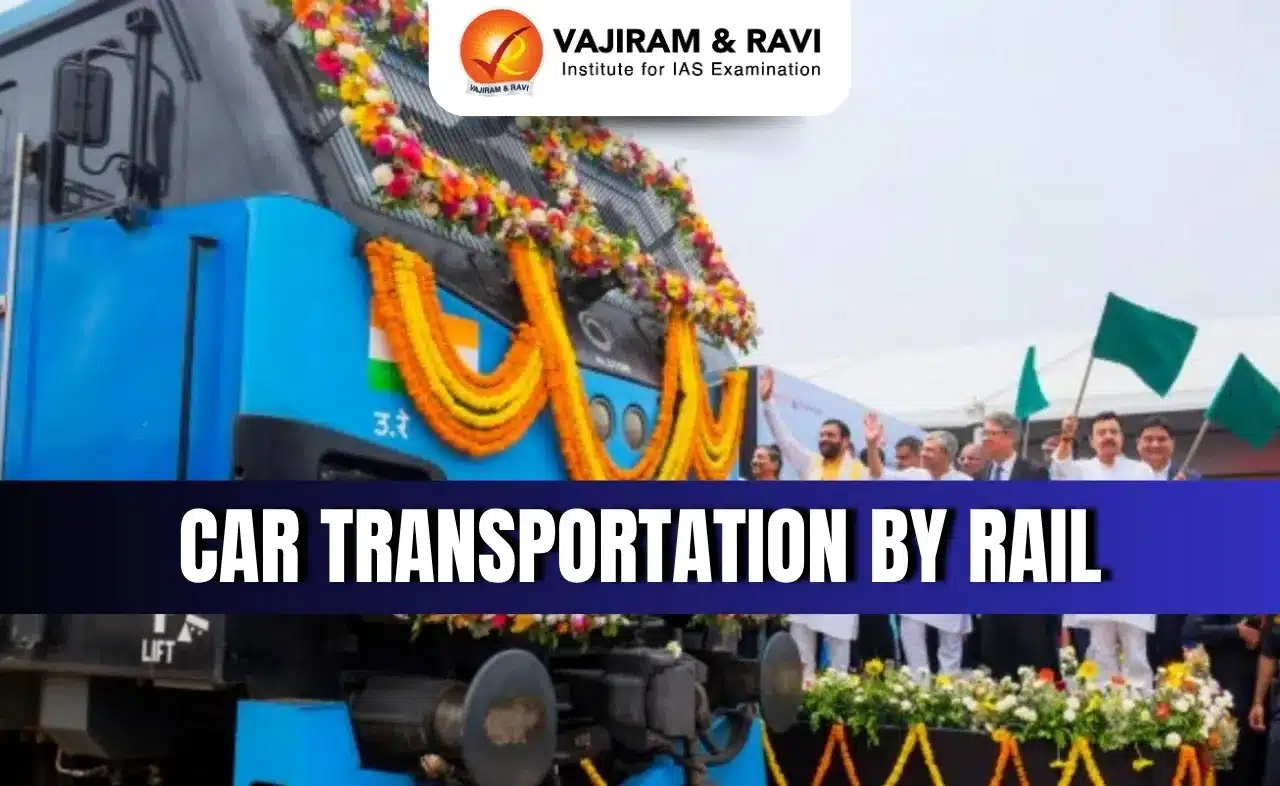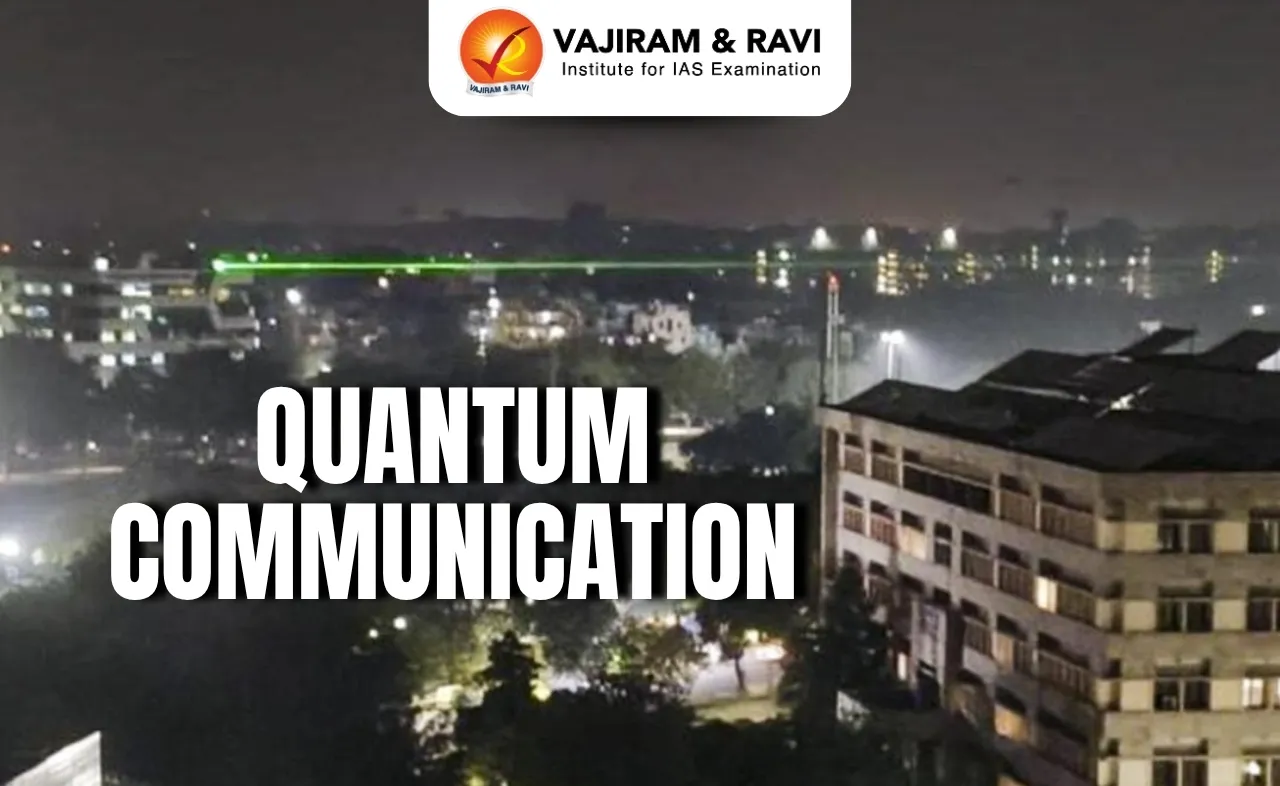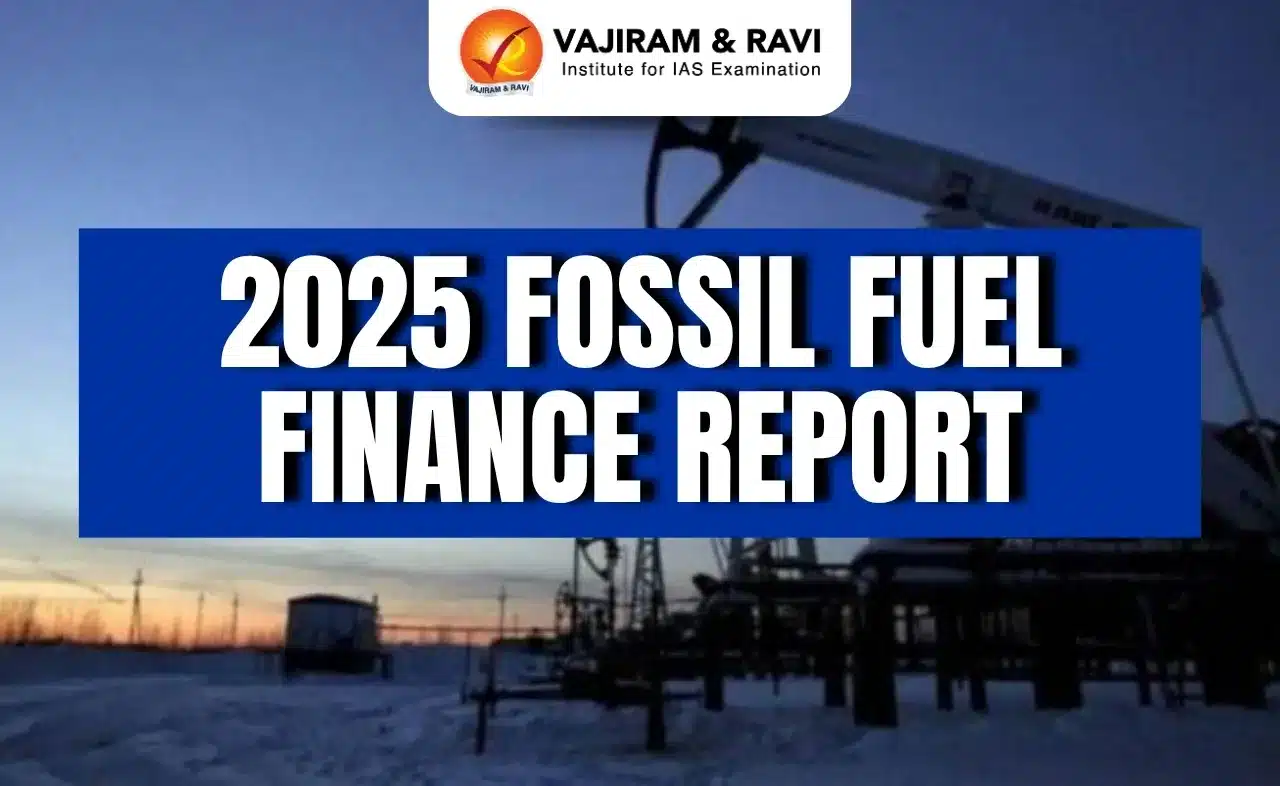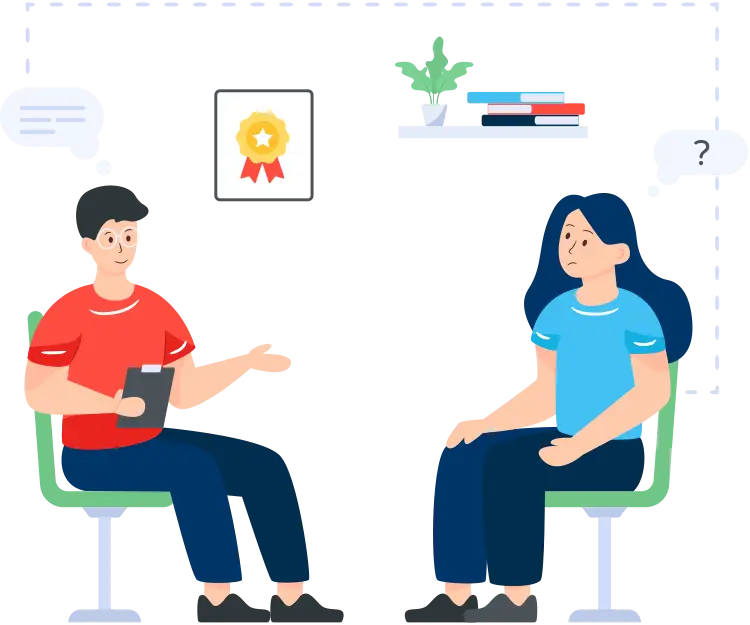India’s Rare Blood Registry Integration Latest News
- The Central Health Ministry is looking at integrating the country’s Rare Donor Registry with the national online platform for blood bank management and blood availability information called e-Rakt Kosh.
Improving Blood Availability through Digital Integration
- In a critical step toward strengthening India’s healthcare infrastructure, the Union Health Ministry is set to integrate the Rare Donor Registry of India (RDRI) with the national blood bank information platform, e-Rakt Kosh.
- This move aims to significantly improve access to rare blood types for patients across the country, reduce transfusion-related complications, and enhance blood bank coordination.
- The integration will provide a single-window digital interface under the National Health Mission (NHM), connecting rare blood group donors with hospitals and blood banks.
- This effort is especially vital for patients suffering from complex conditions such as thalassemia, sickle cell anemia, or requiring rare blood types like Bombay blood group, Rh-null, and P-Null.
The Role of the Rare Donor Registry of India
- The Rare Donor Registry of India (RDRI) was developed by the Indian Council of Medical Research, National Institute of Immunohaematology (ICMR-NIIH) in collaboration with four partner institutes.
- It currently maintains a carefully screened database of around 4,000 donors, tested for over 300 rare blood markers.
- This registry helps in quickly finding compatible rare blood matches for patients, thereby making blood transfusions safer and more effective.
- Particularly for individuals who are alloimmunised (i.e., their bodies reject common blood antigens), the registry provides access to highly specific donor matches.
- A key technological advancement in this initiative is a DNA-based multiplex PCR test developed to rapidly identify rare blood types, especially tailored to Indian patients.
e-Rakt Kosh: A Unified Platform for Blood Management
- e-Rakt Kosh is a digital blood bank management system developed by the Centre for Development of Advanced Computing (CDAC) and operated under NHM.
- It provides real-time information about blood stock availability, blood donation camps, and donor tracking across the country.
- The integration with RDRI will enhance its scope by incorporating rare blood group data, enabling patients and hospitals to easily access life-saving information through a centralized national network.
- Blood banks will also be better equipped to manage donor lists, track stocks of rare blood types, and coordinate with hospitals for timely delivery.
Addressing Hemoglobinopathies and Genetic Disorders
- Alongside the integration, ICMR-NIIH has been working on other innovations in blood-related healthcare.
- These include the development of point-of-care (POC) tests to detect genetic blood disorders like thalassemia and sickle cell disease.
- A significant cost reduction was achieved through Health Technology Assessments (HTA) led by the Department of Health Research (DHR), bringing the price of sickle cell diagnostic kits down from Rs. 350 to under Rs. 50 per test. This has potentially saved the government over Rs. 1,857 crore.
- Moreover, India has developed testing kits for Hemophilia A and Von Willebrand Disease.
- These kits, now of interest to the World Federation for Hemophilia, allow even primary health centres to carry out rapid visual card-based diagnosis.
- The testing technology has been transferred to Bengaluru-based Bhat Biotech, which commercialized it under the brand name “Bio-Scan” in August 2023.
- India, with around 1.4 lakh hemophilia patients, the second highest in the world, stands to benefit immensely from this affordable and scalable innovation.
Implications and Future Outlook
- The integration of RDRI with e-Rakt Kosh is expected to usher in a transformative phase in India’s blood donation and transfusion ecosystem.
- By linking rare blood donors with a centralized and accessible national database, the government is addressing a critical gap in emergency and specialized healthcare.
- Additionally, the concurrent rollout of affordable diagnostic tools for blood disorders strengthens India’s position as a hub for low-cost, high-impact healthcare innovation.
- With ongoing investments in digital health platforms and biotechnology, India is making strides toward universal and equitable access to life-saving blood services.
Source: TH
India’s Rare Blood Registry Integration FAQs
Q1: What is the Rare Donor Registry of India (RDRI)?
Ans: The RDRI is a national database of screened donors with rare blood types, developed by ICMR-NIIH to support safer and quicker blood transfusions.
Q2: What is the purpose of integrating RDRI with e-Rakt Kosh?
Ans: The integration aims to create a unified system for accessing and managing rare blood types across hospitals and blood banks.
Q3: What rare blood types are covered by the registry?
Ans: The registry includes ultra-rare blood groups like Bombay blood group, Rh-null, and P-Null.
Q4: What innovations have been introduced for blood-related disorders?
Ans: India has developed affordable POC test kits for hemoglobinopathies and genetic disorders like Hemophilia A and Von Willebrand Disease.
Q5: How will this integration benefit patients?
Ans: It will help patients with rare blood needs find matches faster, ensure safer transfusions, and enhance emergency response capabilities.

